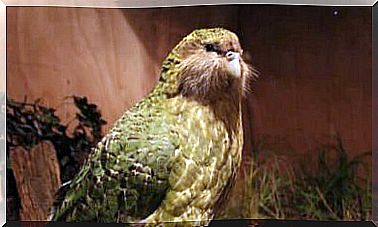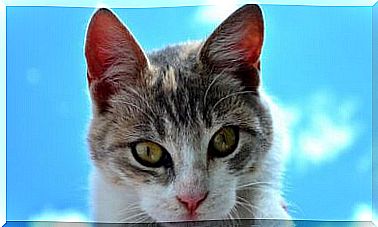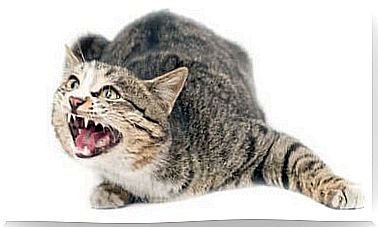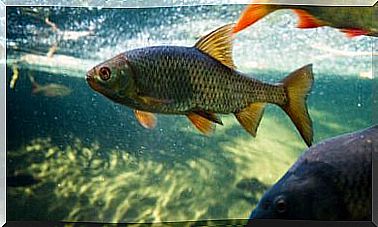The Kiwi – The New Zealand Bird That Doesn’t Fly
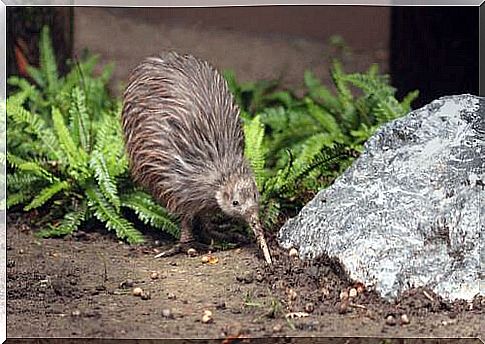
The fauna of Oceania is often described as strange. To contribute to this definition, we introduce you to the kiwi in this post . This is a bird that does not fly (ratite) and has feathers that look like hair.
In addition, it does not have a tail, but instead has a kind of whisker. Its beak attracts attention because it is long and thin, with the nostrils at the tip.
A bird as the national symbol of New Zealand
Although its name is reminiscent of a fruit and it does not fly, let us emphasize once again that the kiwi is a real bird. It is also the national symbol of New Zealand.
Although it is an island endemic from this country, where it has lived for thousands of years, according to some studies, despite its small size, it is related to the extinct and gigantic elephant bird of Madagascar.
Perhaps the coexistence of mammals – with the exception of bats – up to the arrival of humans and the isolation of this region led to the animal developing such special characteristics.
The kiwi has adapted to life on the ground for millions of years without terrestrial predators.
The kiwi is not a mammal, but … ..
The kiwi is a member of the Apterygidae family (which means “wingless”), which is a genus of brown birds with five species that differ in size and plumage.
Its height is between 25 and 45 centimeters. It weighs between 1.3 and 3.3 kilograms, with females being larger than males.
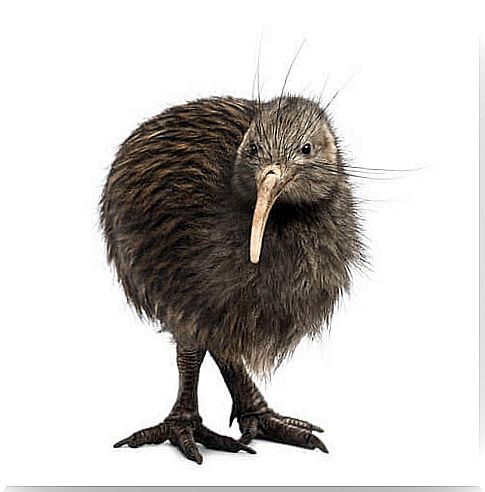
In addition, like all ratites, the kiwi has a flat sternum. This means that it does not have a sternum crest, so the muscles that enable the flight are not strong enough.
Even if the kiwi doesn’t appear to have wings, it has very small ones. They are about three centimeters long and are very close to the body, making them difficult to see with the naked eye.
On the other hand, its legs are very strong and muscular and make up about a third of its weight (the kiwi has bones with marrow, as it does not need a light skeleton to fly). He has four padded toes with claws so that he can walk very quickly and very quietly.
In addition, legs become powerful weapons in combat or defense. Although it appears reserved and tender, the kiwi is a very territorial and even aggressive bird.
More about the bird that doesn’t fly
Another distinctive feature of the kiwi is its body temperature, which is lower than that of most of its winged relatives. At 37 to 38 degrees Celsius, it is closer to mammals than to birds.
While most birds make good use of their eyesight, the kiwi may prefer smell because of its nighttime activity and its delicate whiskers, which grow on the face and around the beak, much like cats do. It will probably help them orientate themselves in the dark.
The kiwi also has a good sense of hearing and clearly visible ear openings. The “hairy” appearance of its feathers is due to the fact that certain fibers are missing.
In addition, it can camouflage itself well through the pattern of its plumage and thus protect itself from aerial predators.
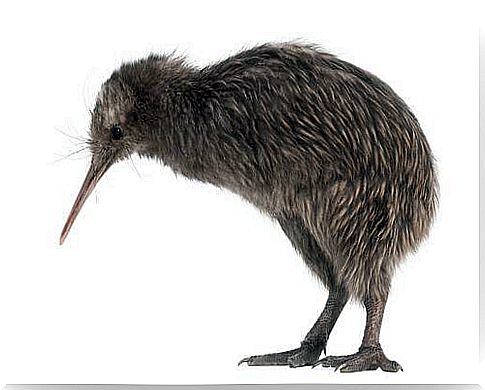
A monogamous bird that lays huge eggs
The kiwi even has peculiarities when it comes to reproducing and rearing its chicks.
The female usually lays only one giant egg, at most two, the size of which is 20% of the size of her body. Sometimes kiwifruit also lay two or three eggs.
After about 10 weeks, during which the male normally incubates, a feathered chick is born that can already fend for itself.
The kiwi is a refuge that only rarely needs to be fed by its parents. After giving birth, he eats the rest of the yolk, which is already well taken care of.
The kiwi is a monogamous bird and couples stay together for life. It builds its nests in the form of a cave in the ground, which it digs with its powerful claws.
Habitat and food
The habitat of the kiwi is diverse. It lives in snow-capped mountains, coastal dunes, moss-covered forests, and even on grasslands. There you can hear his repetitive, high-pitched singing at night.
You don’t usually get to see the kiwi during the day. This is not only explained by the fact that it is better protected from aerial predators at night, but also that the invertebrates on which it feeds are more on the surface at night.
Nevertheless, the kiwi is omnivorous. Worms and larvae are just as much a part of its diet as berries, seeds and some grasses.
Kiwi in danger: the bird that doesn’t fly is critically endangered
The kiwi has a life expectancy of 10 to 15 years, but is now threatened with extinction. Fortunately, more and more areas are being designated for their protection.
Ever since humans began populating the islands and introducing various species of mammals, the predators have also spread. Today, in addition to eagles, falcons, cats and ferrets, there are even dogs. The kiwi is also threatened by the destruction of its natural habitat.
